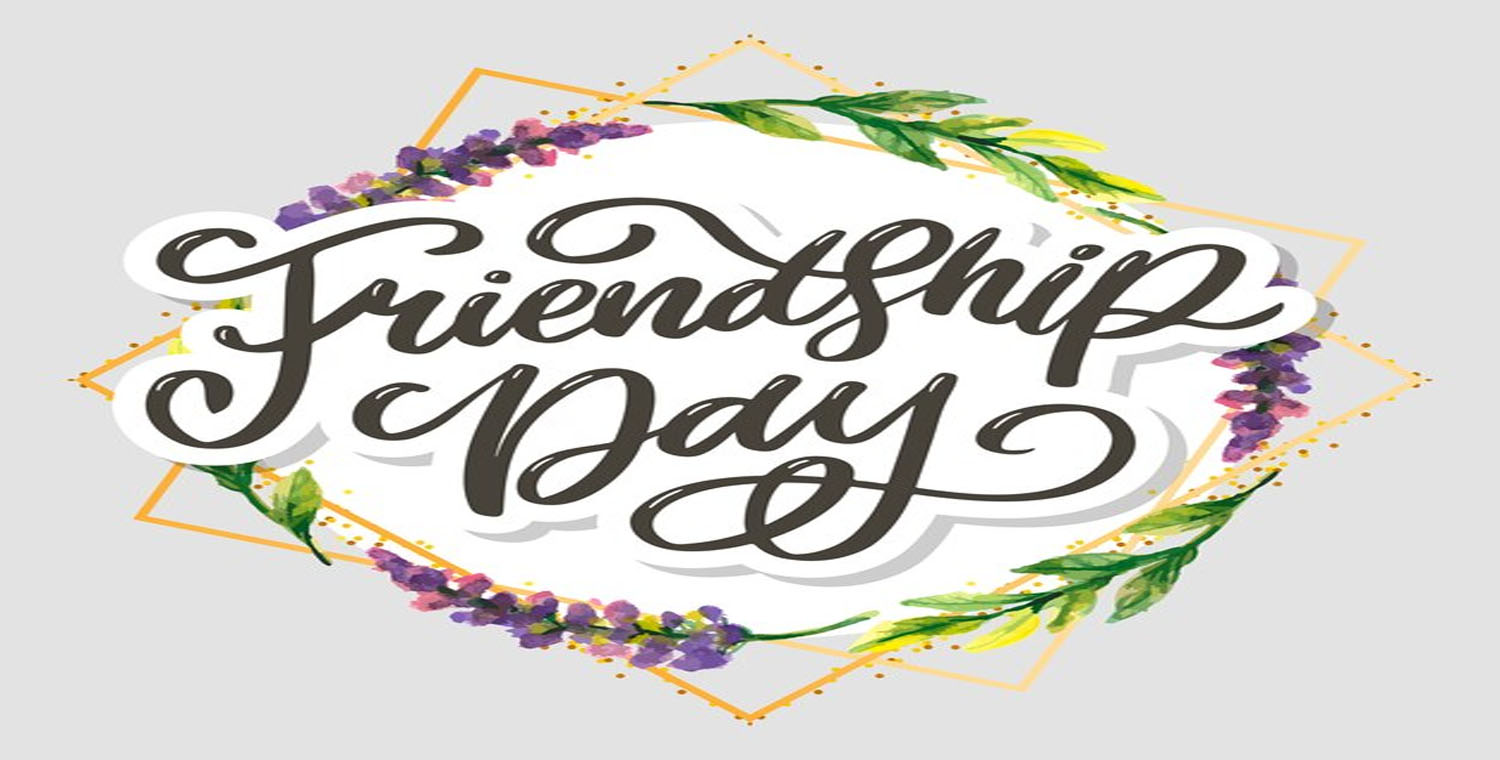In the vast realm of cultural and linguistic studies, few terms evoke as much curiosity and intrigue as “käätänäj.” This enigmatic term, though not widely recognized in mainstream discourse, holds a unique place in specific linguistic and cultural contexts. This article will explore the multifaceted nature of käätänäj, shedding light on its origins, meanings, and implications in various fields.
What is Käätänäj?
The term “käätänäj” might appear obscure to many, but it represents a significant concept within certain linguistic and cultural frameworks. To understand käätänäj, we need to delve into its etymological roots and the contexts in which it is used. Käätänäj is often associated with certain indigenous languages and cultures, where it encapsulates specific cultural practices, social roles, or philosophical ideas.
Origins and Etymology
The origins of käätänäj can be traced back to [Insert Relevant Language or Cultural Background]. In many indigenous languages, words often carry layers of meaning that go beyond their literal translation. Käätänäj, therefore, is not just a word but a representation of a complex cultural phenomenon.
Etymologically, käätänäj might derive from [Insert Root Language], where it could be a compound of two or more words with distinct meanings. Understanding these roots is crucial for grasping the full significance of käätänäj. For instance, if käätänäj combines elements meaning “spirit” and “guardian,” it could represent a concept related to spiritual protection or guidance.
Cultural and Linguistic Significance
In the context of [Insert Culture or Language], käätänäj serves as more than just a term; it embodies a particular aspect of the culture’s worldview. For example, in some indigenous communities, käätänäj might refer to a ceremonial role or a traditional practice that is integral to communal life. This role could involve responsibilities such as maintaining rituals, safeguarding cultural heritage, or mediating between the spiritual and material worlds.
Moreover, käätänäj might be linked to specific rituals or ceremonies that are central to the community’s identity. These practices can vary widely from one culture to another but often share common elements of reverence, tradition, and communal participation. Understanding käätänäj in this context provides insight into how cultural practices are deeply intertwined with language and identity.
Käätänäj in Modern Contexts
While käätänäj has deep historical and cultural roots, its relevance extends into modern contexts as well. In contemporary times, there has been a growing interest in preserving and reviving indigenous languages and traditions. Käätänäj, as a concept, is often highlighted in efforts to promote cultural awareness and appreciation.
For instance, educational programs and cultural exhibitions might feature käätänäj to illustrate the richness of indigenous traditions. By integrating käätänäj into modern discourse, these initiatives aim to foster a deeper understanding of cultural diversity and the importance of preserving linguistic heritage.
The Role of Käätänäj in Language Preservation
Language preservation efforts often focus on maintaining and revitalizing words and concepts like käätänäj. These efforts are crucial for ensuring that the linguistic and cultural heritage of indigenous communities is not lost to time. Through language documentation, educational programs, and community engagement, the significance of käätänäj can be preserved and passed down to future generations.
One effective approach to preserving käätänäj is through the development of comprehensive language resources. These might include dictionaries, educational materials, and digital platforms that provide information about the term and its cultural context. By making this knowledge accessible, language preservationists can help ensure that käätänäj remains a living part of the cultural landscape.
The Impact of Käätänäj on Cultural Identity
Käätänäj plays a significant role in shaping cultural identity. For many communities, the preservation of traditional concepts and practices is essential for maintaining a sense of continuity and belonging. Käätänäj, as a cultural symbol, helps reinforce the values and traditions that define a community’s identity.
In this context, käätänäj serves as a reminder of the importance of cultural heritage and the need to honor and uphold traditional practices. By celebrating and integrating käätänäj into modern life, communities can strengthen their cultural bonds and ensure that their unique traditions are recognized and respected.
Challenges and Opportunities in Understanding Käätänäj
Understanding and appreciating käätänäj can present both challenges and opportunities. One challenge is the potential for misinterpretation or appropriation of the term by those outside the culture. It is crucial for researchers and educators to approach käätänäj with sensitivity and respect, ensuring that its meanings and significance are accurately represented.
On the other hand, there are significant opportunities for fostering cross-cultural understanding and dialogue. By exploring käätänäj and its cultural context, individuals can gain valuable insights into the diversity of human experience and the ways in which different cultures express their values and beliefs. This can lead to greater empathy and appreciation for cultural differences.
Future Directions for Research on Käätänäj
As interest in cultural and linguistic studies continues to grow, there are several potential directions for future research on käätänäj. These include:
- In-depth Linguistic Analysis: Conducting detailed studies of the linguistic roots and variations of käätänäj in different dialects and contexts.
- Cultural Documentation: Creating comprehensive records of the cultural practices and rituals associated with käätänäj to preserve and share this knowledge with a wider audience.
- Educational Integration: Developing educational resources and programs that incorporate käätänäj to promote cultural awareness and appreciation among students and the general public.
- Community Collaboration: Working closely with indigenous communities to ensure that research and preservation efforts are conducted in a respectful and collaborative manner.
Conclusion
Käätänäj, though a term that may seem obscure at first glance, represents a rich tapestry of cultural and linguistic significance. By exploring its origins, meanings, and implications, we gain valuable insights into the ways in which language and culture intersect. The preservation and appreciation of käätänäj not only honor the traditions of specific communities but also contribute to a broader understanding of human diversity.
As we move forward, it is essential to approach the study of käätänäj with respect and curiosity, recognizing its role in shaping cultural identities and fostering cross-cultural dialogue. Through continued research and engagement, we can ensure that the legacy of käätänäj endures and continues to enrich our collective knowledge and appreciation of the world’s diverse cultures.















Leave a Reply